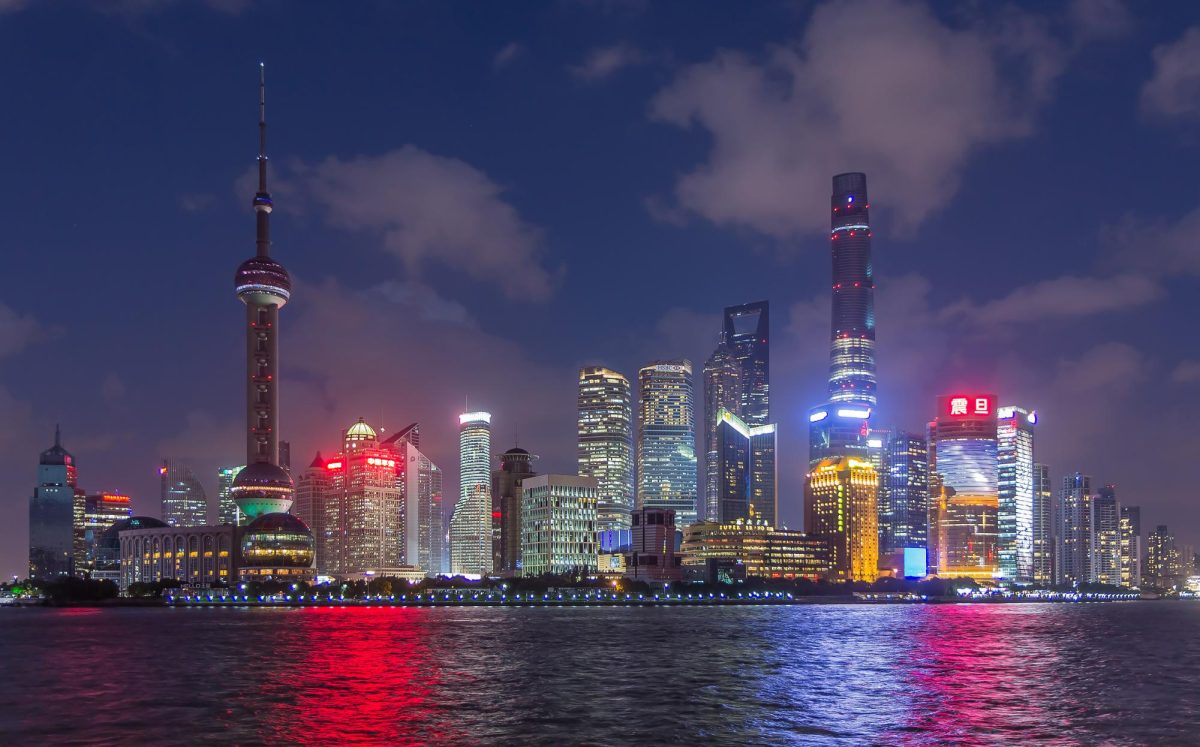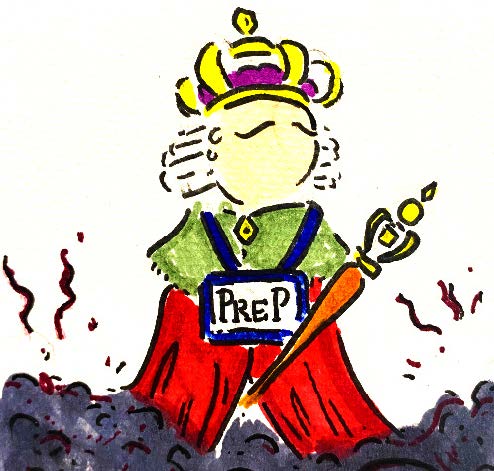After a long battle, a drop in the severity of Covid cases across the world has led many people to believe the fight against the disease is over. Most countries with significant Covid restriction measures have decided to eliminate costly efforts to contain the virus in early 2022.
Thanks to protestors who opposed its inhumane measures, the leaders of China decided to reopen its borders and eliminate its strict containment measures on December 7, 2022. This decision brought significant relief to both Chinese citizens and the rest of the world, as the world’s largest manufacturing power and second-largest economy will gradually return to normalcy.
The reopening could have been executed more effectively if advanced warning had been given for local communities and hospitals to stock up on medical resources, as it resulted in deaths that could have been prevented if necessary resources were available.
In 2020 and 2021, the Chinese population was largely supportive of the CCP’s initiatives to contain the spread of COVID. This was partially due to panic caused by the horrifying reported death rates in Wuhan of around 4-5%.
However, in late 2021, the Omicron variant infected people at an exponentially higher rate, causing lockdowns, increased PCR testing, and more contact tracing. The economy took a significant blow as businesses began to close down, which strained the financial security of many families. Education moved online, provoking unhealthy study and sleep habits and a decrease in the overall quality of education.
As early as February of 2022, when omicron spread across China, people began to realize that the costs of Covid containment measures exceeded the benefits.
Many desperate college students decided to act against the policy. A fire in the city of Urumqi that killed 10 people sparked country-wide protests. Fire trucks and the emergency rescue team could not enter the apartment complex to extinguish the fire due to Covid restrictions (The New York Times).
These students, knowing that protesting with words or symbols is illegal, assembled on the streets of many major cities, including Guangzhou, Shanghai, Urumqi, and Chongqing, with white sheets of A4 paper in their hands. The internet also became filled with anti-lockdown sentiment in November of 2022 (BBC).
Xi Jinping’s government responded by announcing that Covid restriction measures would be relaxed. On the December 7, the Department of Health announced the classification of Covid as a yi lèi bìngdú, or a yi (second) class virus and gathered a group of professionals and authorities to announce that Covid is not a formidable, deadly disease. In the “New Ten Codes” released that day, all internal containment measures, including contact tracing, quarantining, health codes, and lockdowns were abolished (guówùyuàn).
This finally ended the straining, unreasonable, and inhumane containment measures China maintained for all of 2022, which relieved the Chinese people.
Two weeks after the cancellation of containment measures, China’s Covid cases spiked, with infections peaking in cities including Shijiazhiang, Baoding, Beijing, Guangzhou, Chengdu, and Shanghai as early as December 15. Other cities followed suit, including Wuhan, Tianjin, Kunming, Shenzhen, and Dongguan.
Death estimates for China’s reopening have been suspiciously low, with daily deaths estimated in the hundreds.* The untrustworthy Chinese official statistics, starting from December of 2022, do not consider Covid-related deaths in the total death count, but only deaths directly resulting from respiratory failure and fever caused by Covid.
The World Health Organization (WHO), the most credible international agency collecting data on Covid deaths, has reported around 600 deaths per day since December 21, 2022, still a rate much lower than the predictions for China’s Covid deaths.
Many deaths were observed in a few northern cities, where hospitals became congested and funeral services were widespread during the weekend after the reopening. Even if some of these deaths were non-Covid-related, the numbers clearly don’t match the low death rate given by government sources.
It’s important to remember that, due to the recent mild variants of Covid and an almost fully vaccinated population, the vast majority of Covid cases in China do not end up being fatal. However, the Chinese government could have responded much more effectively if they took more time to warn the population and manufacturers of pharmaceuticals before the re-opening, so that medical supplies and medicine could be stocked up and hospitals could be prepared to receive increased numbers of patients.
It is relieving that China’s leaders have finally decided to abandon overly strict Covid regulations and travel restrictions and embrace the rest of the world. However, a responsible government would have taken additional steps to make the transition smoother for the people. These procedures could have softened the stressful blow of reopening and prevented many tragic deaths.
*Update: As of Sunday January 15, China reported 60,000 deaths in the month since lifting restrictions (The New York Times).





